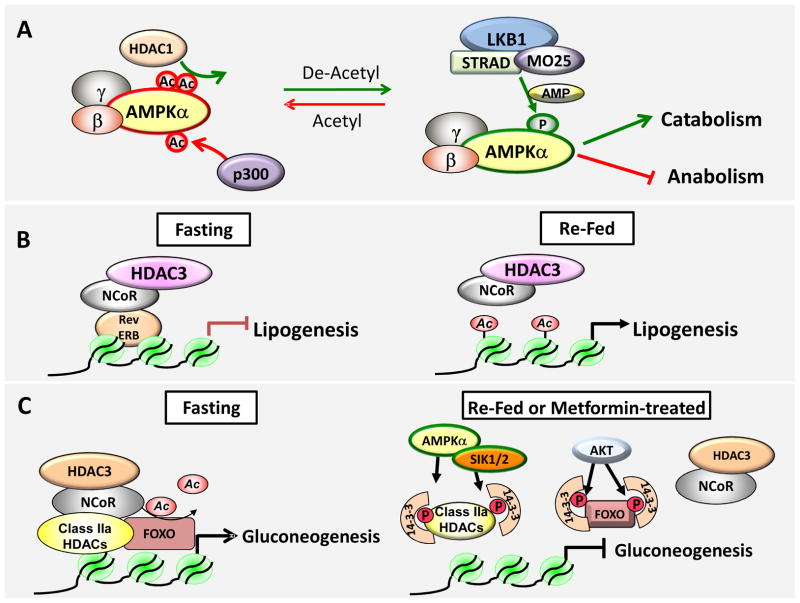Figure 3. Molecular models for some of the metabolic processes regulated by Class I and II HDACs.
A) HDAC1 deacetylates AMPK and enhances its physical interaction with the upstream kinase LKB1. De-acetylated AMPK is more readily phosphorylated and activated. Activate AMPK positively regulates cellular processed that will replenish ATP in the cell and negatively regulates ones that are high in energy consumption. B) Rev-erbα recruits HDAC3 to lipogenic gene targets and globally regulates lipogenesis in the liver. HDAC3 recruitment to the genome displays a circadian rhythm and deletion of HDC3 in the liver leads to hepatic steatosis. C) Under fasting conditions, the hormone glucagon triggers dephosphorylation and nuclear recruitment of Class IIa HDACs, which in turn recruit the HDAC3/NCoR complex to deactylate FOXO family transcription factors. As acetylation inhibits FOXO binding to DNA, deacetylation of FOXO promotes its DNA binding and expression of its target genes. In the fed or metformin treated state, kinases of the AMPK family phosphorylate Class IIa HDACs and Akt phosphorylates FOXO, leading to 14-3-3 binding to both the Class IIa HDACs and FOXO, redirecting them in the cytoplasm and inactivating them.

